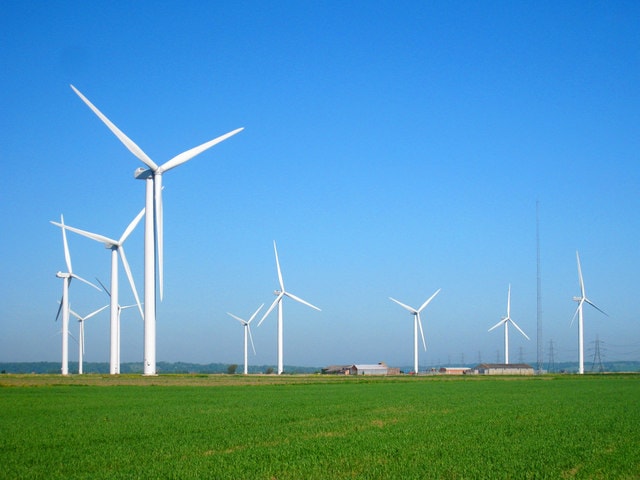Electricity generated by fossil fuels drops to a record low

Electricity generated by burning gas and coal in Great Britain fell to a record low of just 2.4% for an hour at lunchtime on Monday 15th April.
Data released by National Grid’s electricity system operator (ESO) shows that this was the lowest recorded usage in decades. While this was only for a short period, ESO also revealed that usage of fossil fuels taken over an entire day also fell to a record low of 6.4% on April 5th. This is extremely encouraging news for the UK’s goals to reach zero-carbon operation by 2035, and net-zero emissions by 2050.
How has fossil fuel usage been changing?
Historically, the use of fossil fuels rose with the expansion of the UK’s economy, as the demand for electricity increased. Aside from a dip during the nation’s economic and industrial status in the 1970s and 1980s, fossil fuel demand continued to increase steadily, peaking in 2005.
Since then, demand has begun to decrease. This has been driven by a greater understanding of the impact of fossil fuels on the environment, the development of more efficient lighting and appliances, and the increasing cost of gas. While there has been a reduction in the demand for electricity overall, the UK’s investment in its renewable energy strategy has helped to replace fossil fuels.
With the UK generating greener power primarily from wind, along with solar and bioenergy, the output of renewable energy increased six-fold from 23TWh in 2008 to 135TWh in 2023. In 2009, around 74% of the UK’s electricity came from fossil fuels, with only 2% from renewables. By 2023, fossil fuels accounted for just one-third of the UK’s electricity, with renewable energy contributing 43%.
‘Zero-carbon operation’ is within sight
The dramatic transformation of the UK’s electricity sector is set to continue over the coming decades, as the country moves towards a zero-carbon grid. This is essential for the UK to be able to reach the goal of net-zero emissions by 2050.
The National Grid is closing in on its target of running the country’s electricity network without fossil fuels, for short periods, by 2025. While there’s still a long way to go to meet the government’s goal of 95% low-carbon electricity by 2030, and a fully decarbonised grid by 2035, the progress so far is very positive.
Will we ever reach 100% zero-carbon generation?
According to Craig Dyke, ESO’s director of system operations, the first-ever period of at least 30 minutes of ‘zero-carbon operation’ is most likely to happen in autumn 2025. By then, the UK’s last coal-fired power station will have closed, with all but one of the UK’s existing nuclear plants due to be retired in the 2030s. It’s also likely that around 1GW of onshore wind farms could retire by 2030, with this output needing to be replaced by new turbines.
The gap left by nuclear and fossil fuels will mainly be filled by renewable energy, with a key focus on wind power. This strategy is backed by the joint government-industry offshore wind sector deal, which has pledged to meet a third of UK electricity demand in 2030.
However, to turn the predicted short periods of zero-carbon operation into long-term solutions, more work needs to be done. From reforming electricity markets to cope with the variable output of renewable energy sources to offsetting the increased energy demand of emerging technologies such as electric vehicles and heat pumps, there are lots of decisions to be made and strategies put in place.
What’s certain is that, as the UK government continues to invest in renewable energy infrastructure and technology, the vision of reaching 100% zero-carbon generation becomes increasingly plausible. By fostering a diverse energy mix, embracing technological advancements and implementing robust policy frameworks, we can pave the way towards a future powered entirely by clean and sustainable energy sources.
Back to blog



